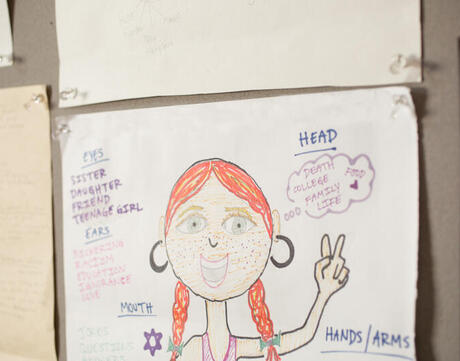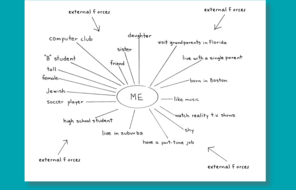
Character Maps (UK)
Overview
About This Teaching Strategy
Character maps are graphic organisers that allow students to reflect on historical or fictional characters by linking their features to their attitudes and experiences. Students complete a simple drawing of a person and then respond to prompts connected to specific features.

Character Map Template
Lesson Plans
How to Use Character Maps
-
Choose a Historical or Fictional Character
You can base this activity on a character or historical figure in any document, image, video clip, or other resource that you think might prompt significant engagement, wonder, or emotion from your students.
Let students know that they will be gathering evidence that helps them understand a character’s thoughts, feelings, motivations, and sense of identity. Once you have chosen the character, give students time to read, watch, or observe.
-
Map the Internal World of a Character
While recording answers on a graphic organizer, have students use evidence from documents, images, video clips, or other resources to respond to the prompts on the handout:
Character Mapping Prompts
-
What Does the Character . . .
-
What does the character think?
-
What does the character perceive?
-
What does the character communicate?
-
What does the character feel?
-
What does the character do?
-
What does the character want?
-
-
Debrief through Group Discussion
After completing the character map, students can participate in a Think-Pair-Share activity with a group, to reflect on the patterns, similarities, and differences in their graphic organizers.
Suggested group discussion questions
- What new, different, or deeper understanding do you have of your character—their identity, feelings, or motivations—after mapping their internal world?
- There is an old saying: “You can’t understand someone until you’ve walked a mile in their shoes.” What does this quotation mean? What do you think it feels like to walk in your character’s shoes? What do you think this character would want you, the reader, to understand about them?
- What other characters in the text share your character’s perspective? What characters have different perspectives in terms of what they care about, feel, or want?
- How can understanding someone else’s perspective be useful when trying to negotiate with someone or solve a conflict?
Afterward, groups can share their insights with the entire class.




















